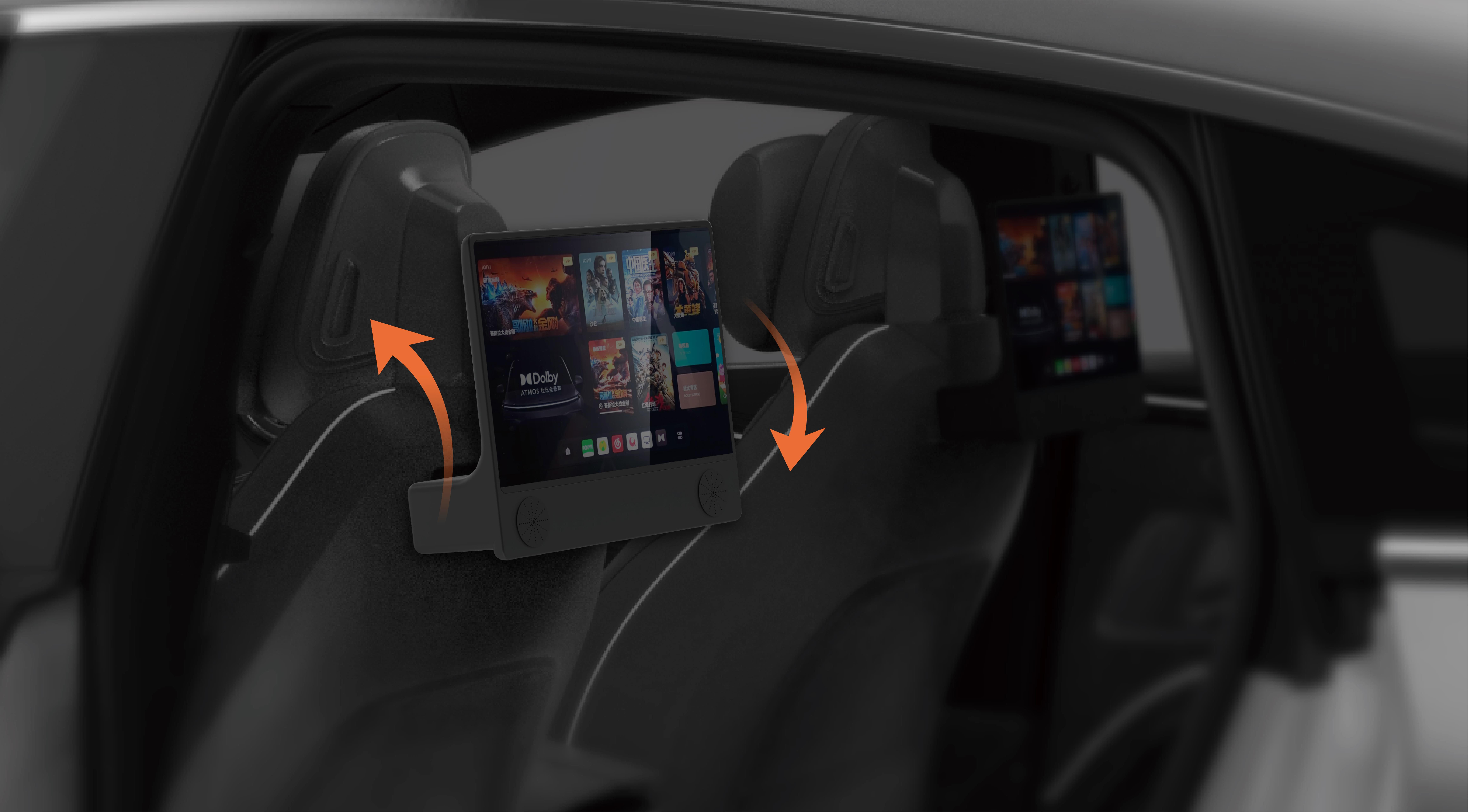Sure! Here's the first part of an engaging, informative soft article on the theme "SG90 Servo Motor Voltage Range".

When diving into the world of robotics, hobby electronics, or automation projects, the humble servo motor often becomes the unsung hero. Among the many options available, the SG90 servo motor has gained widespread acclaim due to its affordability, compact size, and reliable performance. Whether you're building a robotic arm, drone, or a simple automated system, understanding the subtleties of the SG90's voltage range is fundamental to getting the most out of this small but mighty device.
What makes the SG90 servo motor special?
The SG90 is a micro servo motor that packs a punch despite its size. Originating from China, this servo has become a staple in the maker community because of its ease of use, decent torque, and compatibility with standard control boards like Arduino. It boasts a torque of around 1.2 kg·cm at 4.8V and can rotate approximately 180 degrees, making it ideal for precise movements in small-scale projects.
But to harness its full potential, understanding its voltage requirements is vital. Servos, being electromagnetic devices, depend heavily on power supply parameters to deliver consistent and safe performance. Over- or under-voltage can lead to diminished lifespan, poor control, or even permanent damage.
Voltage range basics
The SG90 servo motor typically operates within a voltage range of 4.8V to 6V. This is not a random figure but rather a carefully balanced specification that aligns with its internal components — primarily its motor, gear train, and the control circuitry. The nominal voltage of 4.8V is standard for many hobby servos, matching the common 4-cell NiMH battery pack or 5V supply from a USB power source, while the upper limit of 6V gives some room for increased torque and responsiveness.
Why exactly this voltage window? Because at these levels, the motor receives enough power to generate the desired torque and speed without risking overheating or excessive wear. The internal electronics—especially the servo’s control circuit—are designed to work optimally within this range, translating to smooth, predictable movements.
Impact of voltage on performance
The voltage directly influences the servo's torque, speed, and stability. At the lower end of its range (around 4.8V), the SG90 provides adequate torque but may operate a bit sluggishly if precise, quick movements are needed. Conversely, running it closer to 6V generally yields more responsiveness, faster rotation, and increased torque—perfect for applications demanding swift, accurate positioning.
However, pushing beyond 6V is not recommended. While some experimental setups might attempt to power the SG90 with higher voltages, the internal circuitry isn't designed for such stress, leading to potential overheating, damage to the motor, or long-term failure.
The importance of stable power sources
Because sensitive electronics like the SG90 are highly responsive to voltage fluctuations, a stable power supply is essential. Voltage spikes, dips, or noise can cause jittery or inconsistent motion or even cause the servo to reset or malfunction. When designing projects, consider using regulated power supplies or adding filtering components—like capacitors—to ensure a clean voltage feed.
Practical tips for hobbyists
Use a dedicated power source within the 4.8V - 6V range for the servo. Avoid powering it directly from a computer USB port (which can sometimes supply fluctuating voltages) without proper regulation. Implement a logic-level MOSFET or a dedicated motor driver that can handle the servo’s voltage and current demands. Always test your servo at the intended voltage before deploying it in your project to ensure optimal performance and avoid unexpected failures.
Understanding these fundamental principles about voltage ranges empowers hobbyists and professionals alike to create more reliable, efficient, and durable projects. But the story doesn’t end here.
Stay tuned for part 2, where we'll explore the nuances of voltage regulation, what happens when you operate the SG90 outside its recommended range, and advanced tips for maximizing your servo’s lifespan and efficiency.
Established in 2005, Kpower has been dedicated to a professional compact motion unit manufacturer, headquartered in Dongguan, Guangdong Province, China.




































